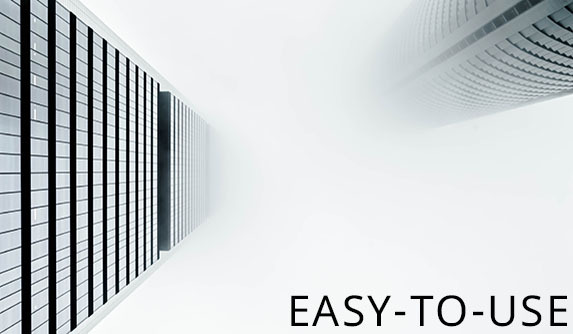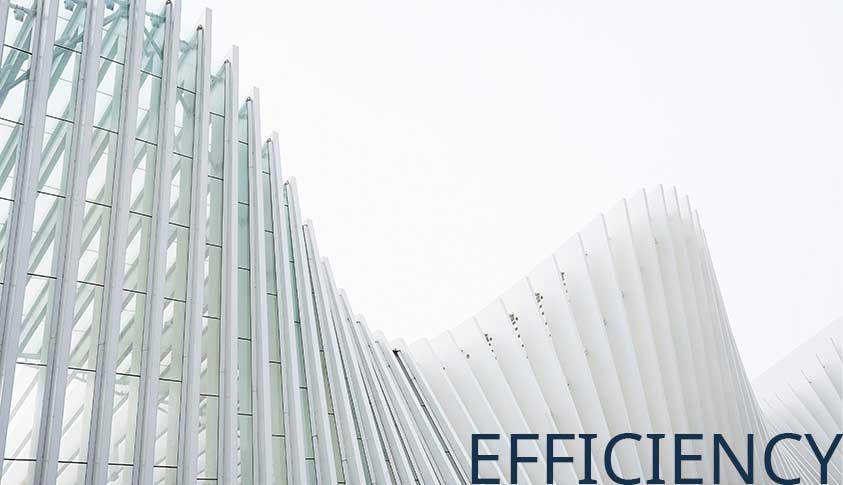The primary applications of AXISVM are in the design of buildings, and industrial and geotechnical structures. Due to its powerful finite element solver and practical modeling tools, it has also been used in bridge design, and in the design of composite structures, machines, and vehicles.
Besides the basic configurations, optional design modules are available for structures made of reinforced concrete, steel, timber, and masonry members and connections. In addition, thanks to the special elements and analysis capabilities, users have successfully applied AXISVM to the design of innovative and custom structures.


